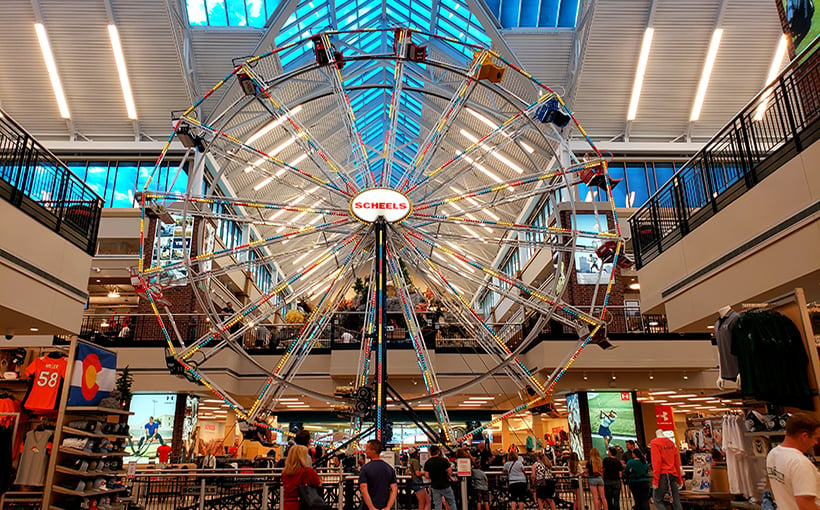Malls seem to be the poster child for failed retail space. The first mall in the United States opened in the mid-1950s, and the latter part of the 20th century saw a sharp increase in mall development. But mall oversaturation, combined with the rise of e-commerce and (more recently) the pandemic lockdowns, has led many to say that malls have lost their relevancy.
Not so fast, according to the commercial real estate data company Placer.ai. Foot traffic in the mall space tells a different story. Mall visits continue to be in negative territory (as are visits to other centers). However, “the narrowing visit gaps suggest that shoppers are increasingly returning to the segment, and foot traffic may yet pick up again in 2024,” according to a recently released Placer.ai white paper.
The report emphasized the following:
Weekday shopping patterns continue to hold steady
Malls are experiencing fewer visits during the late morning-midday and late evening parts
Visits are increasing during the afternoon and early evening periods
Non-traditional pulls are boosting visits
The Importance of Experience
“Experiential retail” was an important aspect of shopping before the pandemic lockdown, and it remains so today. To that end, Placer.ai explained that some malls offer more than just shopping – they’re incorporating gyms, amusement parks and entertainment complexes into their space.
Adding a SCHEELS to the Chandler Fashion Center in Arizona gives visitors that experience. They can ride on a 45-foot Ferris Wheel or examine a 16,000-gallon saltwater aquarium.
Consumers Like to Eat
Dining options can also boost visitors to malls. Placer.ai pointed to a Texas Roadhouse steakhouse opening in Missoula, MT’s Southgate Mall. When that restaurant opened, monthly visits jumped. The mall continues to experience sustained foot traffic increases.
Shoppers Want Entertainment
Some centers incorporate “performance” water features as part of their design. Others are adding “eatertainment” options. Placer.ai discussed a Main Event addition to Cross Creek Mall in North Carolina. The destination added bowling lanes, laser tag, video games and food to the mall. The result has been an increase in monthly visits and sustained foot traffic.
Pop-Ups Drive Visits
Pop-ups have also been integral to driving traffic to malls. Installing short-term tenants in empty spaces helps those tenants establish their presence while giving consumers something new to buy.
Placer.ai noted that pop-up expert Shein has succeeded in this area, hosting a three-day pop-up event in mid-December at the Woodfield Mall in Illinois. This attracted consumers and boosted foot traffic above and beyond the usual pre-holiday shopping period.
Placer.ai also pointed out that longer-term pop-up residences of approximately six months can be successful for retailers and malls.
The post Malls: Are They Coming Back? appeared first on Connect CRE.

